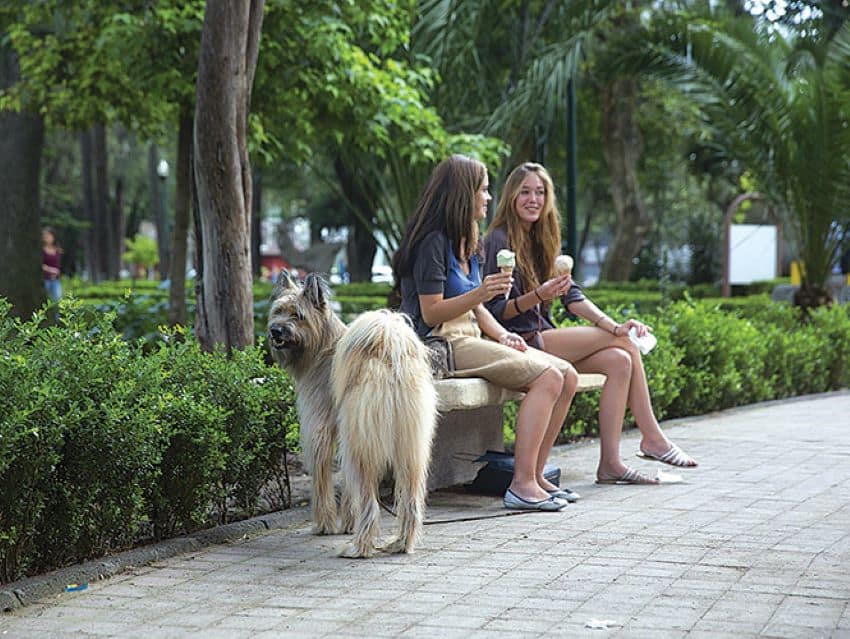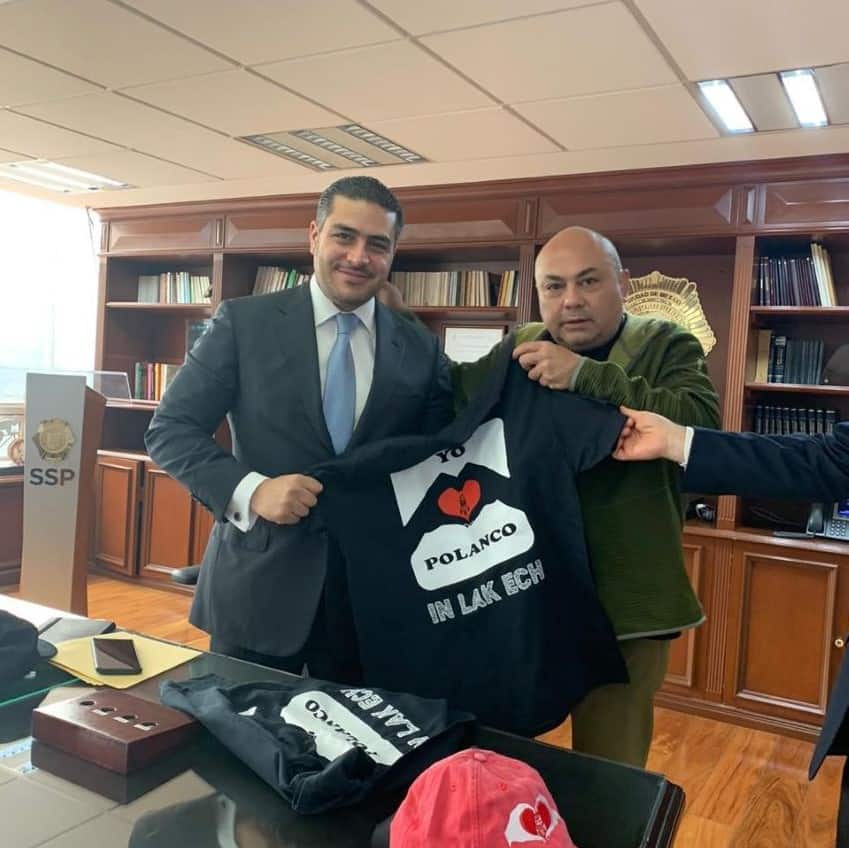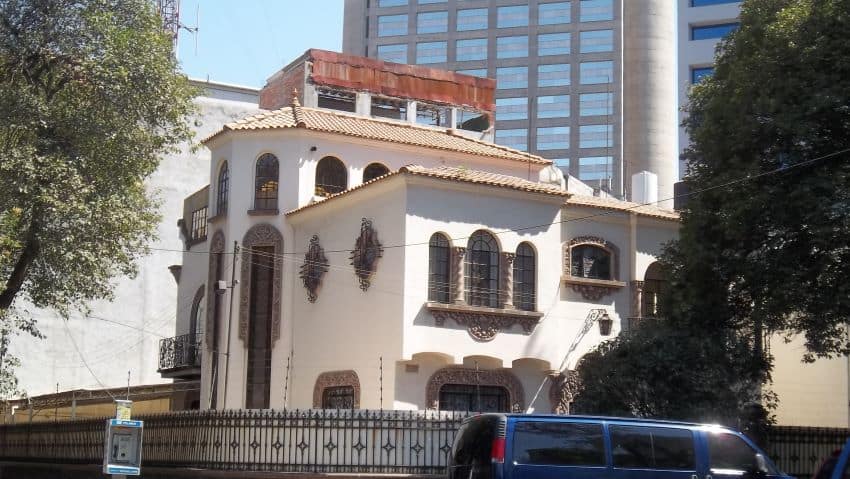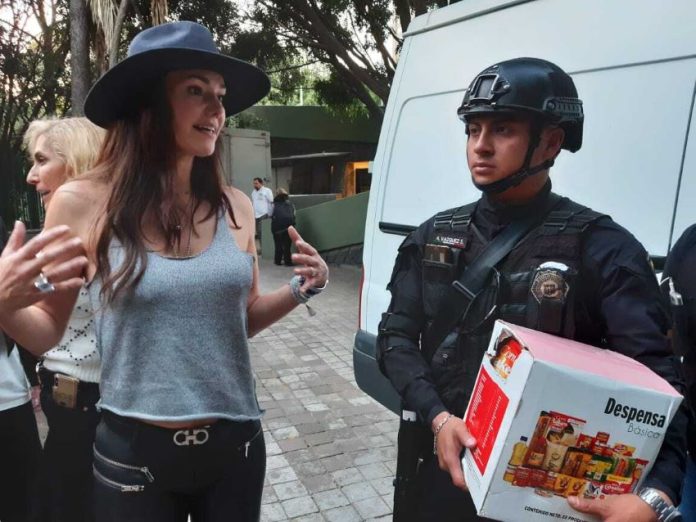The obvious wealth that pervades Mexico City’s tony Polanco neighborhood has its pros and cons.
Given that it’s home to a street like Avenida Masaryk, Mexico’s version of 5th Avenue, you might think that the neighborhood stays free of the sort of crime plaguing much of the rest of the city. And, indeed, having money does help. But its location and social dynamics also leave it vulnerable.
Polanco was established in the 20th century, part of a series of upscale neighborhoods built as Mexico City’s well-to-do moved westward, away from the city center. But there is a cultural split among these upscale neighborhoods: Polanco, Roma and others like it were developed before the age of the automobile in Mexico, with houses and apartment buildings that face onto the street. It is also closer to the city center, which means that it is closer to poorer, more crime-ridden areas. Later colonias extending out as far as the State of México consist of walled fortress-like houses with the principal entrances being for cars.
Resident Salvador Dondé de Teresa, who grew up in Polanco and raised his family here, stresses that while the socioeconomic levels of Polanco and the more isolated neighborhoods are similar, their lifestyles are quite different.
“Polanco is a place where we walk …. a lot,” he says. “Residents go out onto the street to walk their dogs, shop and do errands. Sidewalk cafés and restaurants are popular here. Streets are bustling, and neighbors tend to know each other.”

The downside, he says, is that people here are more “exposed,” not only to petty street crime but to the organized type. The walled, isolated houses one neighborhood over in Lomas, for example, were developed to avoid exactly this problem.
“We love our lifestyle here and do not wish to change it,” Donde says.
However, that lifestyle gives criminals easier access to Polanco’s residents, and the neighborhood’s money makes it a tempting target for criminals. And so it was perhaps not surprising that starting in the mid-2010s, organized crime began to be an issue in the neighborhood, starting with drug dealing in the streets and in nightclubs. By 2018, it had expanded into the extortion of businesses.
Through the neighborhood grapevine, the issue came to the attention of resident Eduardo Klein of Klein’s Restaurant on Masaryk Avenue. A customer at the restaurant told him the Unión de Tepito crime gang had arrived and was forcing a protection racket upon restaurants. He realized it was just a matter of time before the criminals got to his family’s establishment, started by his American immigrant father in 1962 as a hamburger joint.
Klein’s solution was to leverage the neighborhood’s traditional community ties. A gregarious and charismatic sort, he also decided to take the issue to the media, arranging a television interview with the Telemundo news organization, putting the extortion going on under the spotlight.
Confronting organized crime in this manner is very dangerous but it paid off, getting the attention of both city and federal authorities. It likely helped that Polanco is home to more than a few embassies and their staff. Klein’s other solution was the founding of Yo Amo Polanco (YAP), a community organization that is a formalization of the social network the neighborhood’s retail businesses and residents have always had.

In only a couple of years, it has had a major influence on borough politics.
Victor Hugo Romo de Vivar Guerra, mayor of Polanco’s borough Miguel Hidalgo, has taken YAP’s ideas, particularly the notion of communication through community chats facilitated through the WhatsApp phone application, and brought them to the borough’s 89 colonias. He says the community chat groups are especially “fundamental,” and believes that organizations like YAP and the communication they foster are the future of governing — encouraging people to get directly involved instead of waiting for “Father Government” to solve their problems.
These efforts have improved the crime situation in the neighborhood, although the solutions have not been easy black-and-white ones. If this were a Hollywood movie, Polanco’s story would end with all the bad guys kicked out of town, never to return. Alas, this is real life in Mexico. So while the efforts of Klein and YAP have put pressure on the gang — and even sent some members to jail — it was not possible to get rid of them completely. In the end, YAP and Unión de Tepito members negotiated a compromise that tolerates the sale of drugs in Polanco (which Klein believes is impossible to eradicate anyway) but keeps the extortion of businesses out.
Today, YAP’s main function is to keep that accord alive. The organization began with only eight members but now has over 200, mostly connected by social media.
“People do not believe in government anymore,” says Klein. “People believe in individuals they know.”
It’s imperative to fight back, he says, because criminal organizations never quit expanding. If you just let it happen, he says, in the end “you have to sell your business because you cannot keep up with their demands.”

Essentially, what the residents of Polanco have done is to formalize the social networks they have always had and to include the government, especially the local police, in the fold. Borough Police Chief Albino Ariza Ruíz also appreciates the collaboration that YAP provides.
Citizen initiatives can have a very positive effect, he says, not only because crime statistics go down but also because people feel safer.
“They know us better, and we know them,” he said.
Leigh Thelmadatter arrived in Mexico 17 years ago and fell in love with the land and the culture. She publishes a blog called Creative Hands of Mexico and her first book, Mexican Cartonería: Paper, Paste and Fiesta, was published last year. Her culture blog appears regularly on Mexico News Daily.
